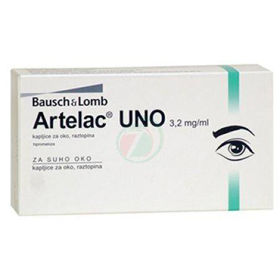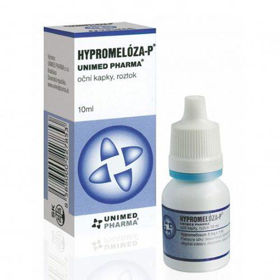Customer question:
How do you measure eye pressure? Anonymous customer's question
Pharmacist's answer:
There are several ways to measure eye pressure, with two methods most commonly used: direct measurement using a tonometer or indirect measurement using an air tonometer. The measurement is usually part of a regular ophthalmological examination in both cases.
Direct measurement with a tonometer:
In this method, the doctor uses a unique instrument called a tonometer. Before the measurement, local numbing eye drops may be used to facilitate the procedure. The patient fixes his gaze on one point while the doctor uses a tonometer to press lightly on the eye's surface and, in this way, measure the eye pressure.
Indirect measurement with an air tonometer (non-contact tonometer or "puff test"):
In this method, the patient sits before the tonometer, releasing a short air jet onto the eye's surface. Eye pressure is measured based on the reflection of the air jet from the eye. This method is less uncomfortable for the patient, as it does not require direct contact with the eye's surface.
What causes high eye pressure?
Several factors can contribute to an increase in eye pressure:
- Ocular fluid drainage problems: The leading cause of high eye pressure is a blockage in the drainage of the eye fluid produced by the eye. If this fluid cannot drain normally, it accumulates in the eye, increasing the pressure.
- Production of excessive eye fluid: in some cases, elevated eye pressure is due to excessive production of eye fluid, not problems with drainage.
- Family history: if family members have a history of glaucoma or high eye pressure, the individual may be genetically more prone to developing high eye pressure.
- Age: the risk of high eye pressure increases with age. Aging can affect the ability of the eye fluid to drain normally.
- Ethnicity: Certain ethnic groups, especially African Americans, have a higher risk of developing glaucoma and elevated eye pressure.
- Other risk factors: Other factors such as high blood pressure, diabetes, heart disease, certain types of steroid medications, and other diseases can affect eye pressure.
- Injuries and inflammations of the eye: injuries to the eye or inflammation of the eye structures can affect the normal drainage of the eye fluid.
Interesting reading: Green barbel













